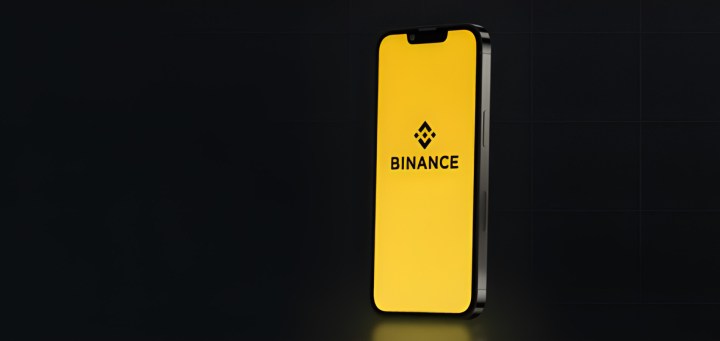SPONSORED CONTENT
Crypto for Beginners: Everything you wanted to know about crypto but are too afraid to ask

If you still think that fiat is a make of car and a ramp is something that makes it easier to wheel your trolley, you probably haven’t yet begun trading cryptocurrency. And that’s likely because there’s a lot you don’t know about it.
One of the reasons that many people are put off dealing in cryptocurrency is the fact that they can’t see or touch it. Not that we can be blamed – if it took time to muster up the trust to save money in a bank account rather than under the mattress, it may take longer to feel comfortable paying for something with virtual currency. That said, once you understand how cryptocurrency works, it makes sense.
For example, one of the greatest advantages – and attractions – of cryptocurrency is the fact that it is not controlled by anyone. This stands in direct contrast to fiat money (the money most of us use, such as paper money: one of the major stakeholders here is the government, which decreases the money legal tender). Then you have the organisations which own the traditional payment pathways, like banks. Their ownership of these channels means you have to ask when you want your money, or if you want to use it for a transaction. With crypto, on the other hand, there’s no need to ask permission: if you have the right software (which is free to use), you can act on your own.
That’s one of the main reasons crypto is gaining in popularity. There’s also the fact that you can use it to pay for pretty much anything you would usually buy with fiat money, and it’s affordable and fast. For example, if you wish to make a payment for something in Africa, the person you’re paying would receive their money almost instantly, and it would cost you far less than a traditional bank payment. And, for those who have their misgivings about security when it comes to online transactions, it’s good to know that Binance has an industry leading workforce committed to security and compliance to ensure safety and security – even in this age of sophisticated digital fraud. In fact, the currency gets its name from the type of specialised computer coding (called cryptography) which is used to encrypt it and keep it secure.
But what is it, exactly?
Now you know why you should be using crypto – but you might not yet understand what, precisely we’re talking about when we mention the term. The first thing you need to know here are literally thousands of other forms (22 000, to be exact), but bitcoin remains the most widely used because it was the first to be introduced (back in 2009): some are more secure or cost-effective, some are faster, some have been designed to handle more complex transactions. Further, there are continuous launches of utilities and functionalities to make the crypto experience more usable for everyday life and purchases.
One of the things that typically worries people who are still grappling with the concept of a decentralised currency is what it looks like. That’s obviously a tough one – but it may help to know that, just as the most basic unit of the rand is one cent, the most basic unit of any cryptocurrency is blockchain. That raises another question: what is blockchain? And here’s the surprising answer: it’s simply a database, created on a spreadsheet. One feature that does single out blockchain is that you cannot delete or change any of the cells on the database. You can only add to them – which is why blockchains are called app-end only.
Each cell in the database is called a block, so it makes sense that several together are called a blockchain. Blocks can only be joined if the new one contains a digital fingerprint of the old one; then, they become cryptographically bound. The existence of that fingerprint is why blockchains can’t be changed: if a block is changed, the fingerprint changes. And, of course, because it’s a chain, every single block becomes affected in the same way, so any tweak made to the chain is immediately noticeable. Essentially, blockchain functions as a digital ledger, like a spreadsheet shared over several computers.
How to use it?
By now you know that when it comes to uses, there’s very little difference between crypto and fiat money – whatever you can buy with coins and notes, you can buy with crypto, too. You can also trade in crypto, or invest – so, again, it’s quite similar to fiat. You can even use it to earn a passive income.
If you’re interested in following any of these routes, it’s a good idea to read up a little more on crypto and find out which currency is right for you, as well as how to take part in trades or how to invest. You’ll find plenty more information on these topics at the Binance Academy – available to the public: academy.binance.com.
Ready to take your first step? Start your journey with Binance here. DM/BM
Disclaimer and Risk Warning:
This content is presented to you on an “as is” basis for general information and educational purposes only, without representation or warranty of any kind. It should not be construed as financial advice, nor is it intended to recommend the purchase of any specific product or service. Digital asset prices can be volatile. The value of your investment may go down or up and you may not get back the amount invested. You are solely responsible for your investment decisions and Binance is not liable for any losses you may incur. Not financial advice. For more information, see our Terms of Use and Risk Warning.

















 Become an Insider
Become an Insider
Comments - Please login in order to comment.